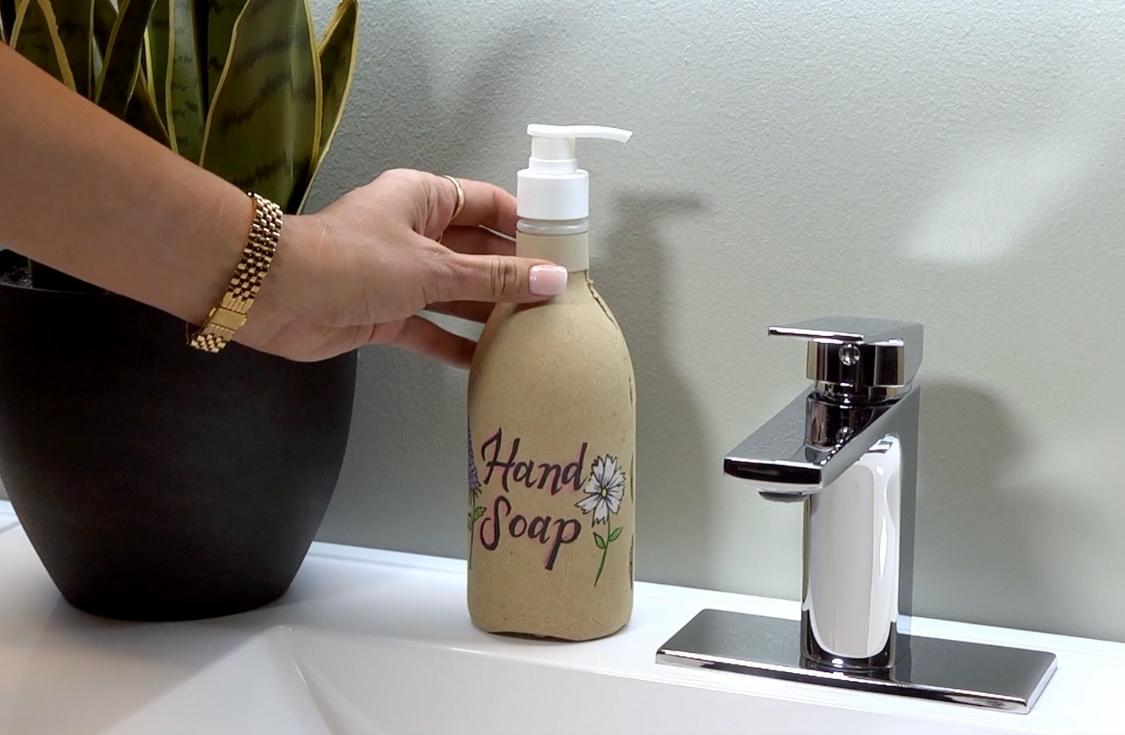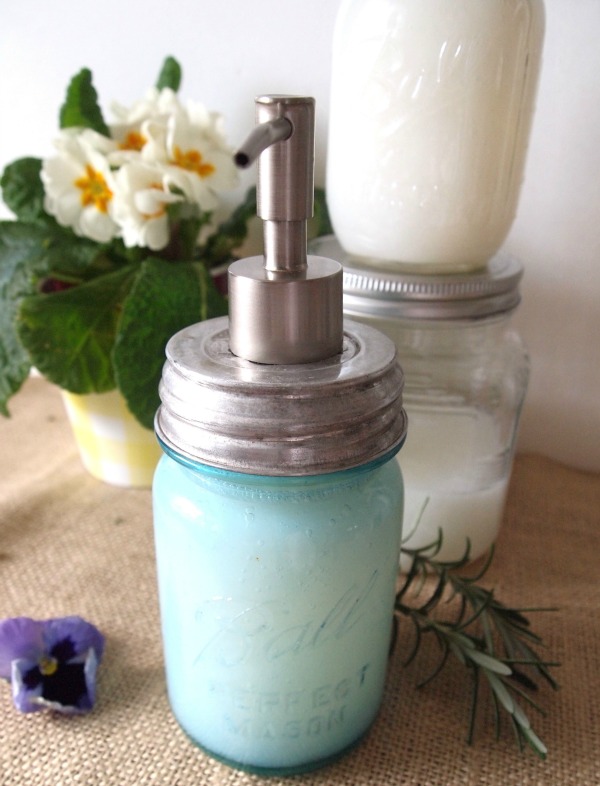
Embarking on the journey of crafting your own hand soap is both a fulfilling and creative endeavor. By delving into the art of DIY hand soap making, you gain the ability to blend ingredients that cater specifically to your skin’s needs while taking charge of the fragrance and visual appeal of the finished product. Understanding the basics of hand soap making is the initial step in this intriguing process. From selecting the key ingredients and equipment to exploring natural and nourishing elements, this guide offers a comprehensive foundation for developing your hand soap crafting skills. The following step-by-step instructions and safety measures will pave the way for a smooth and risk-free soap-making experience. Moreover, the process allows for personalizing hand soap formulas, creating unique blends, and addressing specific skin concerns. Additionally, the potential for creative packaging and gifting possibilities not only enhances the presentation of handcrafted soaps but also widens the scope of sharing this art with others.
I. Understanding the Basics of Hand Soap Making
A. Introduction to the Art of DIY Hand Soap Making
Crafting hand soap can be a rewarding and creative endeavor that allows for total customization. It is an age-old practice that offers full control over ingredients and customization, addressing unique skin needs and personal preferences.
B. Key Ingredients and Equipment Needed for Hand Soap Making
Essential components such as various oils, lye, water, and fragrances are crucial for producing high-quality, luxurious hand soap. The proper equipment, including a digital scale, protective gear, heat-resistant containers, and a stick blender, ensures a smooth and efficient soap-making process.
II. Exploring Natural and Nourishing Ingredients
A. Selection of Skin-Safe Oils and Butters
Natural oils, including coconut, olive, and shea butter, form the foundation of a nourishing hand soap. They imbue the soap with moisturizing and conditioning properties, making it suitable for various skin types and conditions.
B. Utilizing Essential Oils and Natural Additives for Fragrance and Benefits
Choosing essential oils and natural additives plays a crucial role in developing the soap’s fragrance and its additional benefits. Essential oils, such as lavender, peppermint, and tea tree, provide not only aromatherapy benefits but also skin-soothing effects.

III. The Soap Making Process
A. Step-by-Step Instructions for Creating Hand Soap
The soap-making process involves a precise blending of oils with lye, which initiates the saponification process, transforming them into soap. Utilizing a step-by-step guide ensures the correct mixing techniques, temperature control, and safety measures.
B. Understanding the Saponification Process and Safety Measures
Understanding the chemical process of saponification is essential to producing high-quality soap. Adhering to safety measures, such as wearing protective gear when handling lye, ensures a smooth and risk-free soap-making experience.

IV. Personalizing Hand Soap Formulas
A. Customizing Ingredients for Different Skin Types
Personalizing hand soap formulas allows for tailoring the soap to suit different skin types and individual preferences. Specific oils and additives can address dryness, sensitivity, or acne-prone skin, effectively catering to various skin concerns.
B. Creating Unique Blends and Aromas for Tailored Hand Soaps
The ability to create unique blends and aromas offers a personalized touch to handcrafted soaps. It allows for crafting soaps that cater to individual preferences, enhancing the overall sensory experience and efficacy of the product.

V. Skin Benefits and Nourishment
A. Nourishing and Hydrating Properties of DIY Handcrafted Soaps
Homemade hand soaps offer nourishing properties, providing hydration and moisturization while gently cleansing the skin. The absence of harsh chemicals makes them suitable for sensitive skin, promoting overall skin health.
B. Targeting Specific Skin Concerns with Homemade Hand Soaps
Addressing specific skin concerns is made possible by formulating hand soaps with ingredients tailored to various skin needs. This creates a product that targets specific skin issues, such as dryness, sensitivity, or irritation.
VI. Packaging, Storage, and Presentation
A. Creative Packaging Ideas for Handcrafted Hand Soaps
Creative packaging plays a vital role in elevating the overall appeal of handcrafted soaps, adding a touch of elegance and individuality to the final product. The presentation of these homemade soaps can be enhanced through a variety of creative and eco-friendly packaging ideas. For instance, utilizing sustainable and biodegradable materials for packaging, such as recycled paper or natural-fiber wraps, aligns with the eco-conscious ethos of artisanal hand soap making. Additionally, decorative labels incorporating visually appealing designs or personalized messages can further enhance the aesthetic appeal and provide a unique, custom touch to the product. Moreover, consider using custom-made or repurposed containers, such as glass jars or wooden boxes, to offer a distinct and bespoke presentation for the handcrafted soaps. This attention to detail not only contributes to the visual allure of the product but also reflects the care and thoughtfulness infused into the entire soap-making process.
B. Tips for Proper Storage and Maintaining Hand Soap Quality
Proper storage and maintenance are essential to ensure that the handcrafted soaps retain their quality, fragrance, and effectiveness over time. Storing the soaps in an environment that is cool, dry, and with adequate air circulation is essential for preserving their texture and aroma. Avoiding exposure to excessive heat, humidity, or direct sunlight helps retain the soap’s fragrance and prevents premature melting or deterioration. Additionally, consider utilizing airtight containers or resealable packaging to maintain the freshness of the soaps, protecting them from external elements and preserving their overall quality. By implementing these proper storage practices, you can extend the shelf life of your handcrafted soaps, ensuring that they continue to provide a delightful and effective cleansing experience, whether for personal use or as thoughtful gifts for friends and loved ones.

VII. Sharing and Gifting Handcrafted Soaps
A. Promotional and Gifting Possibilities for Homemade Hand Soaps
Handcrafted soaps provide excellent gifting options, serving as thoughtful gifts for various occasions. They can also be used for promotional purposes, allowing the artisan to showcase their unique product and its benefits to a broader audience.
B. Exploring the Art of Sharing Handcrafted Soaps with Friends and Family
Sharing the art of handcrafted soap making with friends and family adds a deeper sense of fulfillment to the creation process. It allows recipients to appreciate the effort behind the creation of these unique and personalized products, fostering a deeper connection and appreciation for the craft.
In conclusion, the journey of crafting your own hand soap is an enriching experience that combines creativity and a personal touch. By exploring the art of DIY hand soap making, you not only cultivate a deeper understanding of the saponification process and the selection of skin-nourishing ingredients, but also develop the ability to personalize hand soap formulas to target specific skin concerns. The benefits of handcrafted soaps, such as their nourishing and hydrating properties, go beyond personal use and gifting—they create an opportunity to share the art with friends, family, and a broader audience. Every step in this guide provides insight and empowerment, equipping you with the skills and knowledge needed to create uniquely tailored hand soaps. Whether for personal use, gifting, or promotional purposes, the journey of crafting your own hand soap offers a genuine and heartfelt approach to skincare, connecting you with the artistry and science behind soap making.
